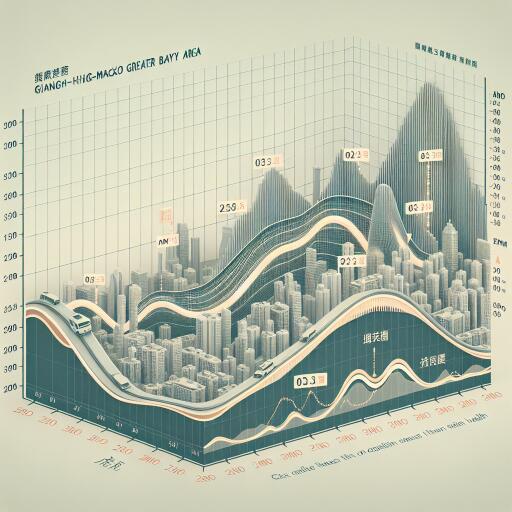
Understanding the Evolution of Air Quality and Its Effects on Health in the Greater Bay Area
In the bustling economic hub of the Guangdong-Hong Kong-Macao Greater Bay Area (GBA), air quality issues, particularly those related to PM2.5 (particulate matter smaller than 2.5 micrometers) and O3 (ozone), have been a significant concern. Recent studies have illustrated shifts in the patterns of these pollutants and their potential impacts on public health, providing essential insights into the effectiveness of regional air quality management strategies and necessary actions for future improvements.
Patterns of Change in Air Pollution
An analysis of air quality data over recent years shows a discernible trend in the spatial and temporal distribution of PM2.5 and O3. PM2.5 levels have generally been on a decline, showcasing the success of targeted measures to reduce emissions from industrial sources and vehicular traffic. This reduction has been more pronounced inland, with cities in the northwest of the GBA recording the highest concentrations. Factors such as topography that hinders pollutant dispersion and less influence from ocean breezes have contributed to these higher inland levels.
Conversely, the trend for ozone presents a different narrative, with levels generally increasing across the region. This rise in O3 contrasts with the falling PM2.5 trends, suggesting a complex interplay between various pollutants and atmospheric conditions. O3 formation is encouraged by higher temperatures and sunlight, conditions more prevailing in the coastal areas of the GBA, which also see higher emissions of O3 precursors from urban activities and maritime transport.
Seasonal Variations and Health Implications
The monthly analysis of pollution levels reveals a “V” shaped pattern for PM2.5, with higher concentrations in the colder months, attributing to increased heating demands and stable atmospheric conditions that hamper pollutant dispersion. Conversely, O3 levels peak during warmer seasons, influenced by stronger sunlight and photochemical reactions, though an exception occurs with a secondary peak in autumn, likely due to the reduction in precipitation that otherwise helps to curb O3 formation in summer.
The differing patterns of PM2.5 and O3 distribution across seasons have significant implications for public health in the GBA. PM2.5 is known to exacerbate respiratory and cardiovascular conditions, while ozone exposure is linked to breathing problems, asthma exacerbation, and other long-term respiratory issues.
Longitudinal Studies and Health Risk Assessments
Trend analyses indicate a gradual reduction in PM2.5 concentrations across the GBA, signifying progress towards meeting national air quality standards. However, despite these improvements, the levels are yet to align with the most stringent air quality guidelines set by both Chinese standards and the World Health Organization (WHO), underscoring a continuing need for aggressive pollution mitigation strategies.
On the flip side, O3 concentrations have seen a consistent uptick, marking an emerging challenge for air quality management in the region. The health ramifications of this increase are profound, with studies illustrating a correlation between elevated O3 levels and a rise in mortality rates, particularly due to cardiovascular and respiratory ailments.
Data from health risk assessments reveal a downward trend in PM2.5-related health issues, thanks to significant air quality improvements. Nonetheless, long-term exposure to elevated O3 levels has shown an increasing trend in health risks, highlighting an urgent need for effective control measures specifically targeting ozone pollution.
Future Directions and Considerations
The dynamic shift from PM2.5 to O3 as a primary air quality concern in the GBA signals a crucial pivot in the region’s environmental health challenges. While the reduction in particulate matter hints at the effectiveness of past and ongoing control measures, the rise in ozone levels stresses the need for integrated air quality management strategies that address the complexity of urban and industrial emissions.
Moreover, the localized impacts of these pollutants, influenced by geography, weather patterns, and socio-economic factors, suggest that tailored approaches are necessary. Implementing targeted interventions, enhancing the air quality monitoring network, and employing advanced models for health risk assessment can provide a deeper understanding of pollution dynamics and guide more effective public health policies.
In conclusion, while strides have been made towards cleaner air in the GBA, the evolving nature of air pollution underscores an ongoing battle. Continued vigilance, research, and adaptive policy measures are imperative to safeguard the health of the region’s inhabitants against the impacts of PM2.5 and O3 pollution.





Leave a Reply